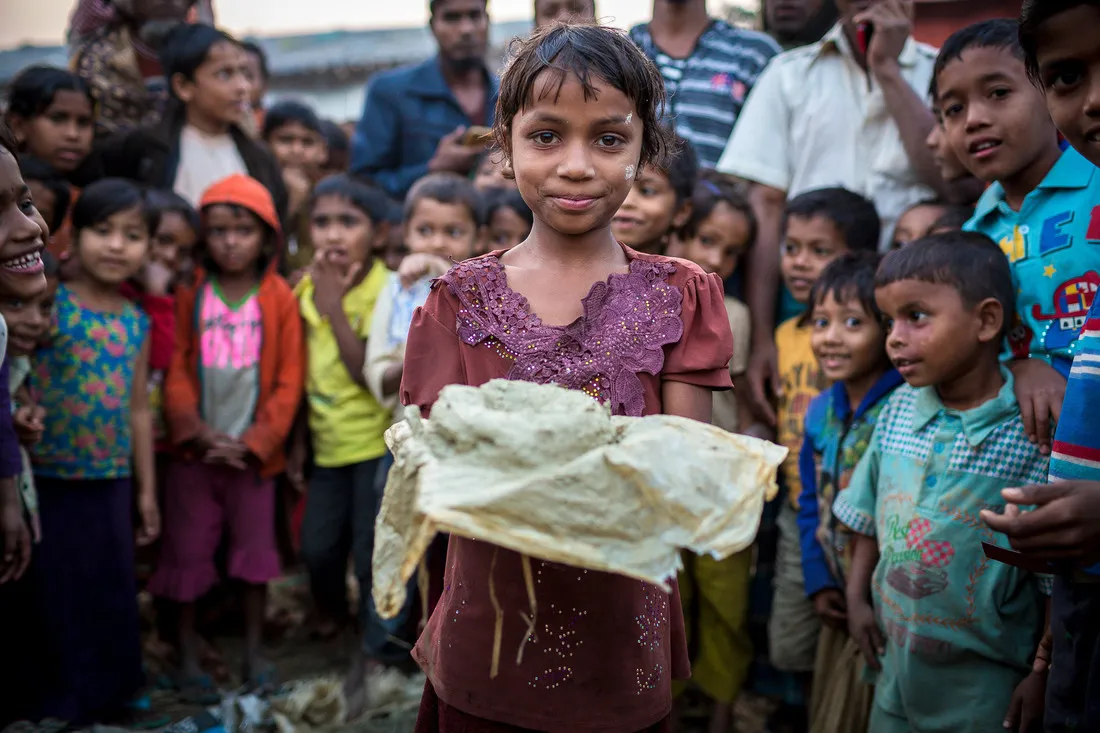Since stunting occurs during a child’s first 1,000 days – from conception through the second birthday – and essentially cannot be reversed, adequate growth and nutritional status is paramount. All of CARE’s programming uses nutrition-sensitive approaches to provide the foundation for good nutrition.
Some programs also focus on nutrition-specific approaches that address the immediate determinants of fetal and child nutrition and development. These programs focus on key home-based practices that produce good nutrition outcomes, encouraging social and behavior change strategies to prompt the adoption of these behaviors. In these programs, CARE implements an integrated model – called Collective Impact for Nutrition – developed through 10 years of programming across multiple countries, where key nutrition-sensitive interventions support a core nutrition-specific, behavior-based approach, not only ensuring the promotion of improved nutrition practices but also helping to provide the necessary foundation for adopting them. This model is grounded in the Lancet nutrition interventions from 2013.

